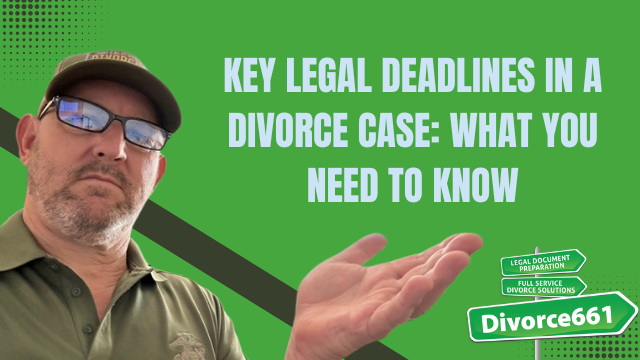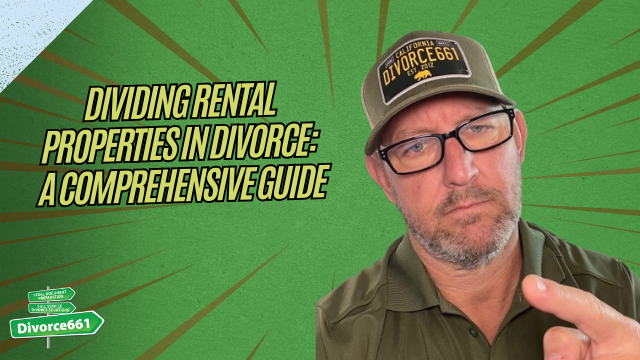What Happens to Your Retirement Accounts in Divorce?
Divorce can be a tumultuous time, and one of the most pressing questions many couples face is about the division of retirement accounts. In California, the rules governing these assets can be complex, but understanding them is crucial to ensuring a fair outcome. Let’s dive into what you need to know about your retirement accounts during a divorce.
Understanding Community Property in California
In California, retirement accounts earned during the marriage are generally considered community property. This means that assets like 401(k)s, pensions, IRAs, and other retirement savings are typically split 50/50, regardless of whose name is on the account. This principle underlines the importance of recognizing that both spouses have a claim to retirement savings accumulated during the marriage.
Types of Retirement Accounts Subject to Division
When it comes to divorce, not all retirement accounts are treated equally. Here are the main types of accounts that can be divided:
- 401(k) and 403(b) Plans: Employer-sponsored plans that can be subject to division.
- Pensions: Often require more complex calculations and legal documentation.
- IRAs: Individual Retirement Accounts can also be divided, but the process can differ based on the type.
- Defined Benefit Plans: These plans provide a specific payout at retirement, making their division more complicated.
Why Account Ownership Doesn’t Matter
A common misconception is that the spouse whose name is on the account is the sole owner. This isn’t the case in California. Even if only one spouse contributed to a retirement account during the marriage, the other spouse is entitled to a portion. This principle reinforces the idea that retirement savings are often viewed as a joint effort during the marriage.
The Role of QDRO in Dividing Retirement Accounts
Some accounts, particularly pensions or employer-sponsored plans, require a special court order known as a Qualified Domestic Relations Order (QDRO) for division. A QDRO outlines how the retirement account will be split and is crucial for ensuring that the division occurs without incurring tax penalties.
For instance, we had a client who was divorcing after 20 years of marriage. Their spouse had a substantial pension, and we helped prepare the divorce judgment to reflect the correct division. We then coordinated with a QDRO attorney to file everything with the plan provider efficiently and accurately.
Real Case Example: Pension Division
Consider a real-life scenario where a couple was married for two decades, and one spouse had a significant pension. By working with professionals, we ensured that the divorce judgment accurately reflected the division of that pension. This included preparing the necessary QDRO to facilitate the split with the plan provider.
Don’t Wait to Divide Retirement Accounts
One important aspect to remember is that just because an account is a retirement account, you don’t have to wait until retirement age to divide it. The judgment and QDRO can set everything in motion, allowing for the division to occur even before one spouse reaches retirement age. This can be a crucial factor in ensuring that both parties receive what they are entitled to without unnecessary delays.
Common Mistakes to Avoid
Dividing retirement accounts can be fraught with pitfalls. Here are some common mistakes to avoid:
- Neglecting to Include All Accounts: Ensure all retirement accounts are listed and accounted for in the divorce proceedings.
- Failing to Obtain a QDRO: Not securing a QDRO when necessary can lead to significant financial losses.
- Not Consulting Experts: Working with a divorce attorney who understands retirement assets can save you from costly errors.
Why Choose Divorce661?
At Divorce661, we specialize in helping clients navigate these complex issues. Here’s how we can help:
- Identify which retirement accounts are subject to division.
- Coordinate QDRO preparation with trusted attorneys when needed.
- Ensure your final judgment includes all the correct language to protect your interests.
Conclusion
Dividing retirement accounts during a divorce can be complicated, but understanding your rights and the processes involved is crucial. If you’re unsure how to split retirement accounts in your divorce, visit Divorce661.com for a free consultation. We’re here to make sure your retirement is protected and divided fairly.
Have questions about your retirement accounts and divorce? Comment below, and let’s discuss!








